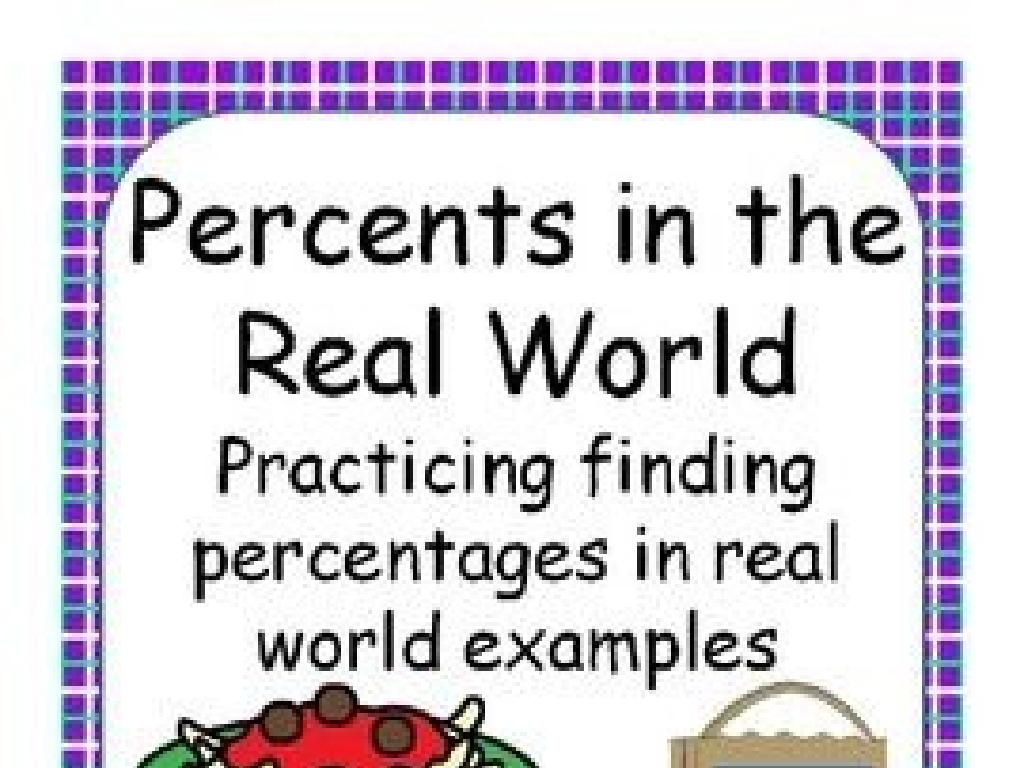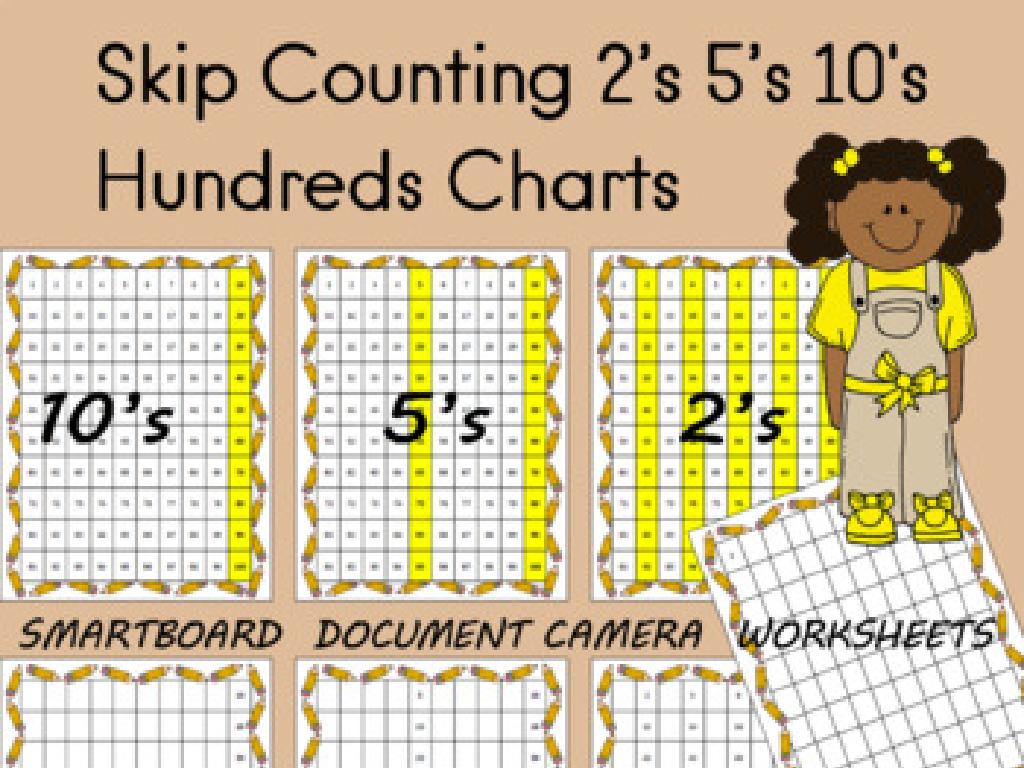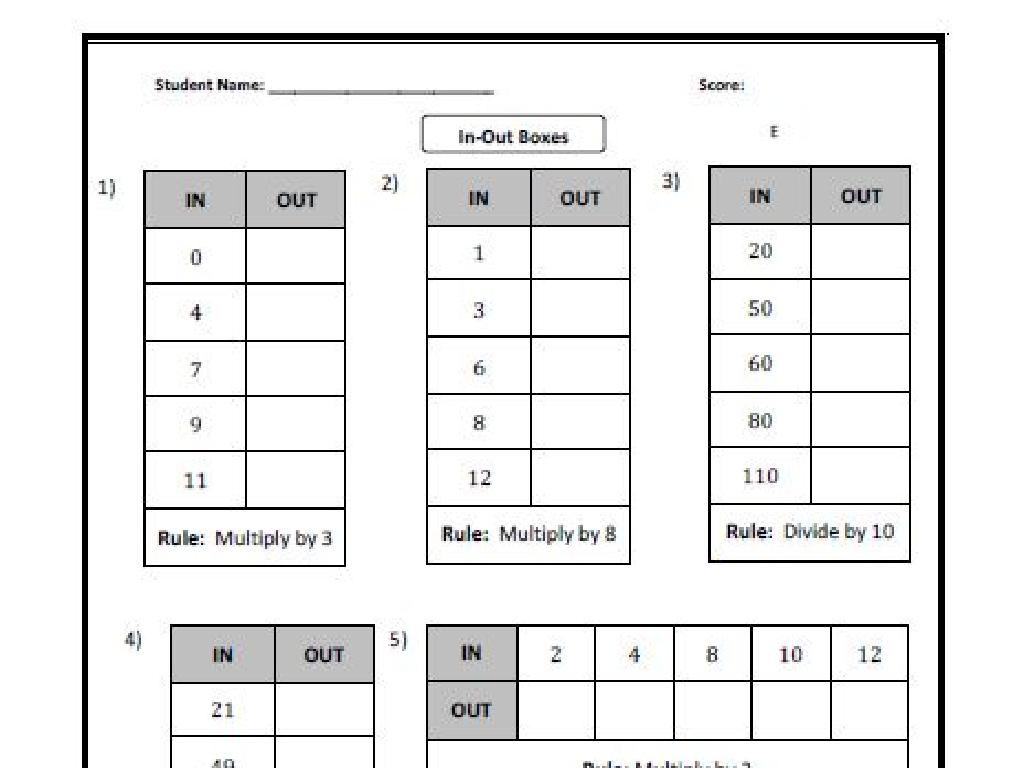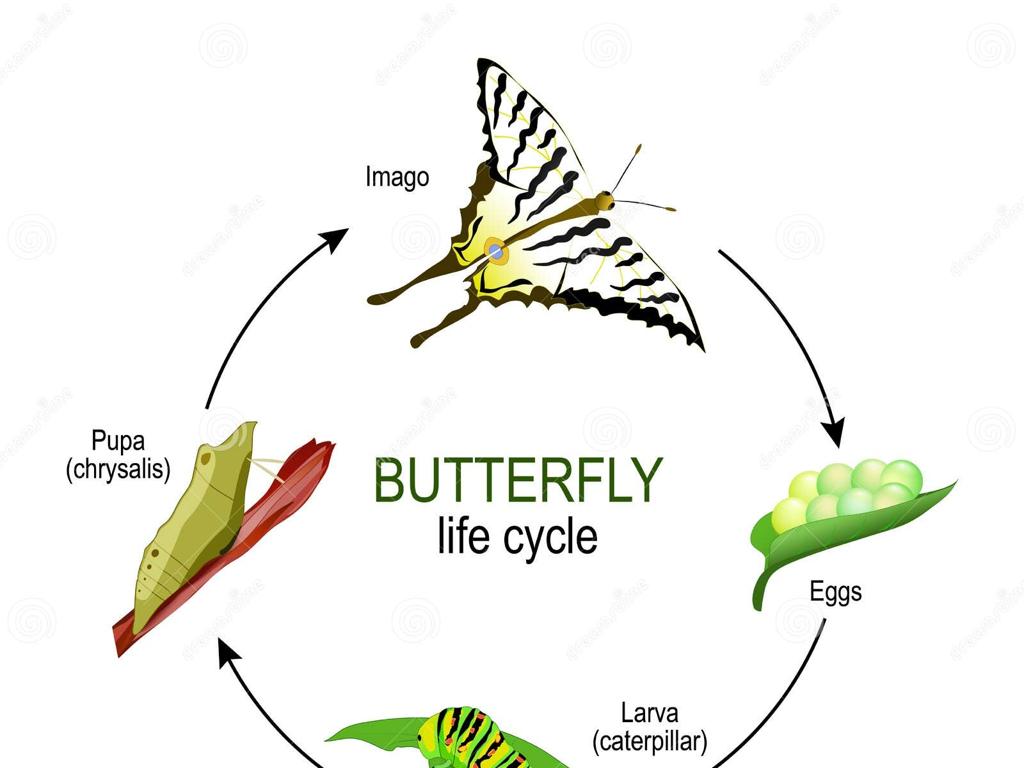Read A Plant Pedigree Chart
Subject: Science
Grade: Third grade
Topic: Heredity
Please LOG IN to download the presentation. Access is available to registered users only.
View More Content
Plant Pedigree Charts: Green Family Trees
– What is plant heredity?
– Heredity is how plants pass traits to offspring.
– Exploring plant pedigree charts
– It’s like a family tree showing plant ‘relatives’ and their traits.
– How traits pass down in plants
– Traits like leaf shape or flower color are passed from parent to seedling.
– Activity: Create your plant family tree
|
This slide introduces the concept of heredity in plants and how traits are passed down through generations, using pedigree charts. Begin by explaining heredity in simple terms, relating it to how children inherit features from their parents. Show examples of plant pedigree charts, emphasizing how they help us track the inheritance of specific traits. Discuss examples of traits that can be inherited, such as leaf shape or flower color. Conclude with a class activity where students create a simple pedigree chart for a plant, choosing traits to pass down to ‘offspring’ plants. This hands-on activity will help solidify their understanding of the concept.
Understanding Heredity in Plants
– Heredity is a plant’s recipe
– Just like a recipe decides a cake’s flavor, heredity decides a plant’s features!
– Traits passed from parent plants
– Traits like height, color, and leaf shape are inherited from a plant’s parents.
– Examples: flower color, leaf type
– For instance, a plant might get its purple flower color from its mother plant.
|
This slide introduces the concept of heredity to third-grade students by comparing it to a recipe, a familiar concept. Heredity is the process through which plants inherit traits from their parent plants. Use everyday examples to illustrate heredity, such as how a child may inherit eye color from their parents. Similarly, plants inherit traits like the color of their flowers or the type of their leaves. Encourage students to think of heredity as a set of instructions that makes each plant unique. This foundational understanding will help them grasp how to read a plant pedigree chart, which maps out the traits passed down through plant generations.
Meet the Plant Family
– Plants have families too
– Plant pedigree charts
– A diagram showing a plant’s ancestors and how traits are inherited
– Traits pass down generations
– Traits like leaf shape or flower color can be inherited from parent plants
– Exploring plant family traits
– We’ll investigate how certain traits are seen in plant families
|
This slide introduces students to the concept that plants, much like humans, have families and inherit traits from their ancestors. A plant pedigree chart is a visual tool that helps us trace the lineage of a plant and see how certain characteristics are passed down through generations. It’s important to explain that traits can be physical, like the shape of leaves or the color of flowers. During the lesson, guide students to understand how to read these charts and explore examples of plant traits that are inherited. Encourage them to think about the traits in their own families as a relatable example.
Reading a Plant Pedigree Chart
– Understanding pedigree symbols
– Symbols like circles, squares, and lines explain plant genealogy.
– Circles and squares in charts
– Circles usually represent female plants, while squares are for male plants.
– Lines show plant family ties
– Horizontal lines connect mates, and vertical lines lead to their offspring.
– Interpreting plant relationships
|
This slide introduces students to the basics of reading plant pedigree charts, which are visual tools used to trace the heredity of plants. Start by explaining the symbols commonly used in these charts: circles for female plants, squares for male plants, and lines to indicate relationships. Show how lines connect parent plants to their offspring, illustrating the family tree. Emphasize that understanding these symbols and connections is key to interpreting the genetic traits passed from one generation to the next. Use simple examples to help students practice reading these charts, and prepare to explore more complex pedigrees as they become comfortable with the basics.
Plant Family Traits and Pedigree Charts
– Traits are inherited features
– Like children resemble parents, plants inherit traits too
– Examples: color, size, shape
– Think of flower colors or leaf shapes in a garden
– Pedigree charts track traits
– It’s like a family tree for plants showing traits over generations
– Predicting traits with charts
– We can guess the traits of baby plants by looking at parent plants
|
This slide introduces the concept of heredity in plants by discussing traits, which are characteristics passed down from parent plants to their offspring. Use simple examples like the color of flowers or the shape of leaves to illustrate the idea of traits. Explain that pedigree charts are tools scientists and farmers use to keep track of these traits through different generations of plants, much like a family tree. Emphasize how these charts can help us predict what traits future plants might have by looking at their ‘family’ history. Encourage students to think of questions about plant traits they observe at home or in the school garden.
Decoding Symbols in Plant Pedigree Charts
– Understanding chart symbols
– Symbols help us read pedigree charts
– Filled symbols mean dominant
– Dominant traits like purple flowers
– Empty symbols show recessive
– Recessive traits like white flowers
– Traits passed from parent to offspring
|
This slide is aimed at helping third-grade students understand how to read plant pedigree charts by decoding the symbols used. Each symbol on the chart represents a different trait of the plant. Filled symbols usually indicate a dominant trait, which is a strong trait that appears even if there’s only one copy of the gene. Empty symbols often represent a recessive trait, which is a trait that appears only if the plant has two copies of the gene. It’s important to explain that traits are passed from parent plants to their offspring, and these charts help us track those traits through generations. Use examples like flower color to illustrate dominant and recessive traits. Encourage students to ask questions and provide them with simple pedigree charts to practice on.
Let’s Practice Reading a Plant Pedigree Chart!
– Examine a pedigree chart together
– Identify the plant’s parents
– Look for the two plants at the top of the chart
– Predict offspring traits
– Use the chart to guess the baby plant’s traits
– Discuss inheritance patterns
– How do traits pass from parents to offspring?
|
This slide is designed as an interactive class activity to help students understand how to read a plant pedigree chart and identify hereditary traits. Start by showing a simple pedigree chart and guide the students to recognize the parents of the plant. Ask them to observe the traits of the parents and predict which traits the offspring, or baby plant, might inherit. Discuss with the class how certain traits are passed down and why some traits may or may not appear in the offspring. This activity will help students grasp the basics of heredity and the use of pedigree charts in tracking traits through generations. Prepare to provide examples of dominant and recessive traits, and be ready to answer questions about how traits are inherited.
Activity Time: Create Your Plant Family!
– Draw a plant pedigree chart
– Choose traits for your plant family
– Pick traits like leaf shape, color, or flower type
– Share your plant family traits
– Tell the class about your plant’s traits
– Discuss inherited traits
– Talk about which traits are passed down
|
In this activity, students will apply their understanding of heredity by creating their own plant pedigree charts. Provide them with paper and colored pencils to draw their charts. Guide them to choose various traits for their plant family, such as leaf shape, plant height, flower color, etc. Once they’ve completed their charts, have each student share with the class which traits they’ve chosen to pass on to the offspring plants. This will help reinforce the concept of inherited traits. Encourage students to discuss how certain traits are dominant and others are recessive, and how this affects the appearance of their plant family. Prepare to offer examples of dominant and recessive traits in plants to help students grasp the concept.






